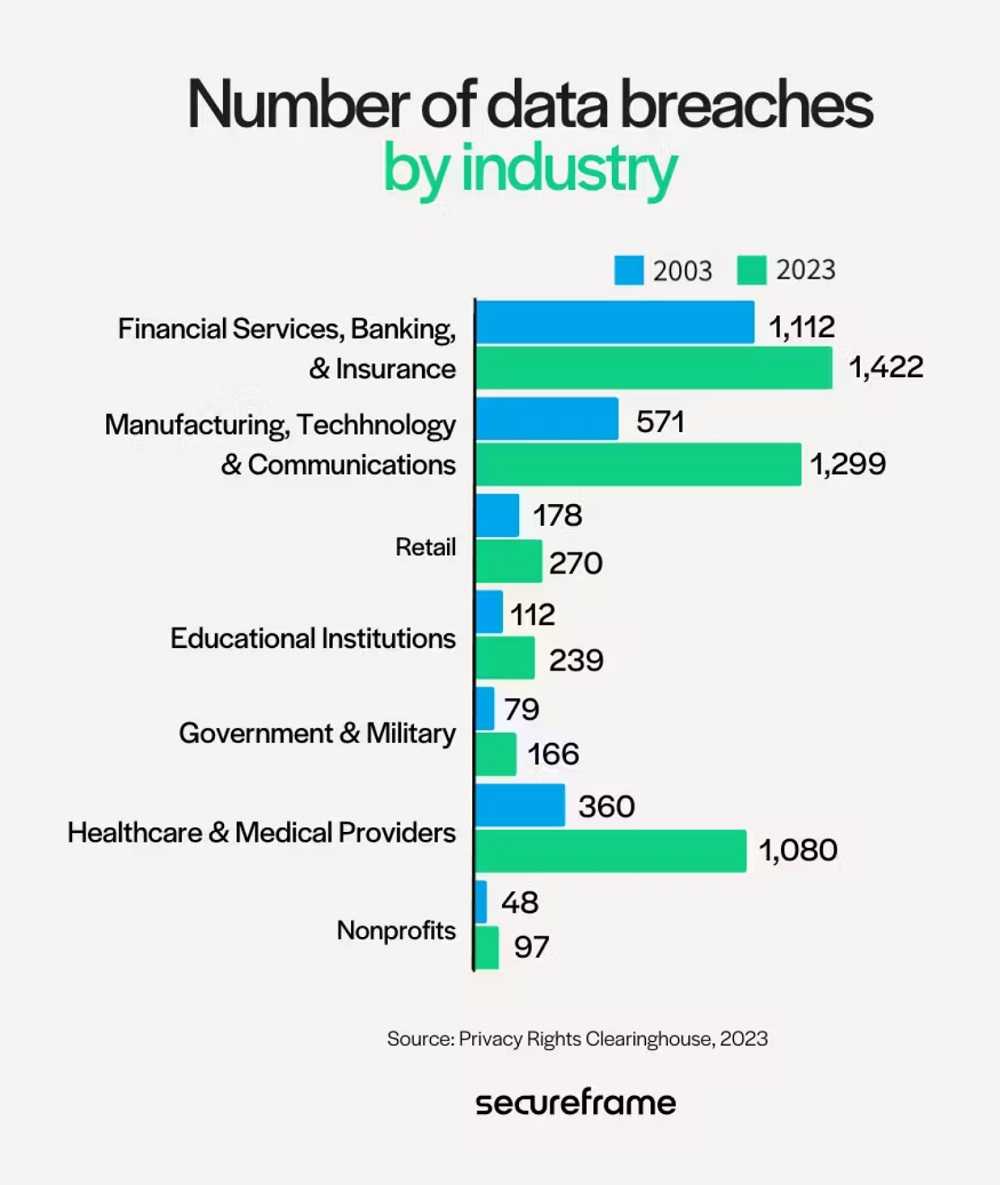Education in the U.S. is under fire from cyberattacks. Much of the concern centers around higher education, but make no mistake, K-12 learning is increasingly at risk of attack. Cybercriminals have K-12 in their crosshairs in a country where every public school student learns on a laptop computer. With a combination like that, you have to wonder “What could possibly go wrong?”
Prior to the coronavirus pandemic affecting the 2019-2020 school year, an average of 895 ed tech (education technology) tools were used in public school districts. But with schools quickly pivoting to remote learning out of necessity, tech tool use spiked to 2,263 virtually overnight. As tech tool use continues to skyrocket, so does the challenge of securing K-12 students online.
Growing Security Threats
Fortifying K-12 schools is a multi-faceted challenge with no quick fixes. Research shows in the 2022-23 academic year, more than eight K-12 school districts experienced significant cyberattacks. The issues why are many, including limited budget allocation and non-existent IT personnel. This makes the challenge of keeping K-12 schools and their students safe online increasingly difficult, but not impossible.
Many school districts see ransomware as the biggest threat to K-12 security. Administrators equate system downtime from such an attack as learning downtime. As such, schools are quick to pay even million-dollar ransom demands to get students back online. But there’s more than ransomware to worry about.
While the explosion in K-12 tech tools is celebrated for improving education, it also opens the door to a number of other cyber threats. These include social engineering scams, stolen PII, identity theft, and even crypto mining. These growing risks don’t just put students in the crosshairs, but school staff, administrators and vendors are fair game, too.

Playing Catch-Up
In the end, online learning for K-12 students happens in an environment where many schools lack even the most basic security protocols. According to research, the number one cybersecurity challenge facing school districts is the lack of dedicated IT staff.
There’s a lot of playing catch-up needed in K-12 systems, but there are secure options that won’t break a school’s piggy bank. One such option is dedicated cyber education for staff and students alike. Building a cyber-aware culture for all involved helps eliminate or greatly reduce the increasing cyberthreats facing our schools. There are many options for this including ongoing online training. A solution is out there to fit any district’s budget. And it’s likely less expensive than recovering from a cyberattack.
It’s never too early for cyber-hygiene lessons and you’re never too old or too smart to learn. Class dismissed!